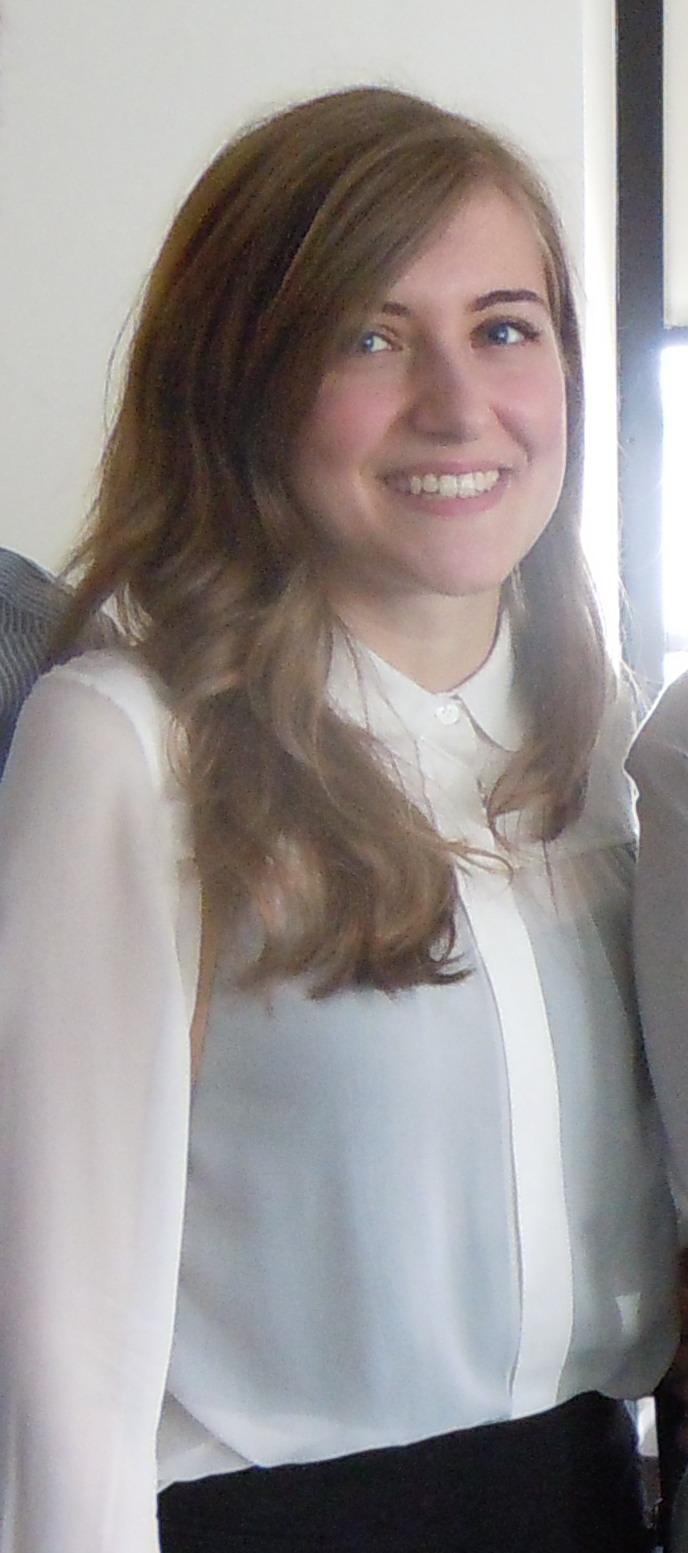The display of Greek epigraphical texts in Athenian museums
Sitting at the boundary between art and text, ancient inscriptions present particular problems for engaging the public. More than other artefacts, they need to be seen in their architectural context to be understood and are largely incomprehensible for the majority of visitors without an accompanying explanation. Inscriptions therefore show up particularly clearly some of the difficulties associated with displaying objects in a museum setting, and despite having been largely neglected in scholarship on the history of museum display, the problem of how to interpret them for visitors can tell us a lot about museum engagement in general.
This project will aim to investigate the display of inscriptions in the wide variety of Athenian museums, and how the challenge of exhibiting texts had been faced by different institutions. Research will be undertaken at museums in Athens while attending the British School at Athens Postgraduate Epigraphy Course, which will allow access to the rooms at the Epigraphical Museum usually only open to academics. This will enable an insight into which inscriptions out of the collection have been judged appropriate for public display, and reveal more clearly the stories being told through the choice of exhibits. It will also consider any provisions made for visitors with disabilities or learning difficulties, and the role of technology in aiding engagement.
By examining the treatment of such initially inaccessible artefacts, the project will this hope to contribute to the discussion over increasing access to museums and their objects. The findings should compare interestingly with those of the research project 'Facilitating Access to Latin Inscriptions in Britain's Oldest Public Museum through Scholarship and Technology', a collaboration between Warwick's Classics Department, the Ashmolean Museum and the Centre for the Study of Ancient Documents at the University of Oxford.
See the outcomes of Miriam's project in the report below:

